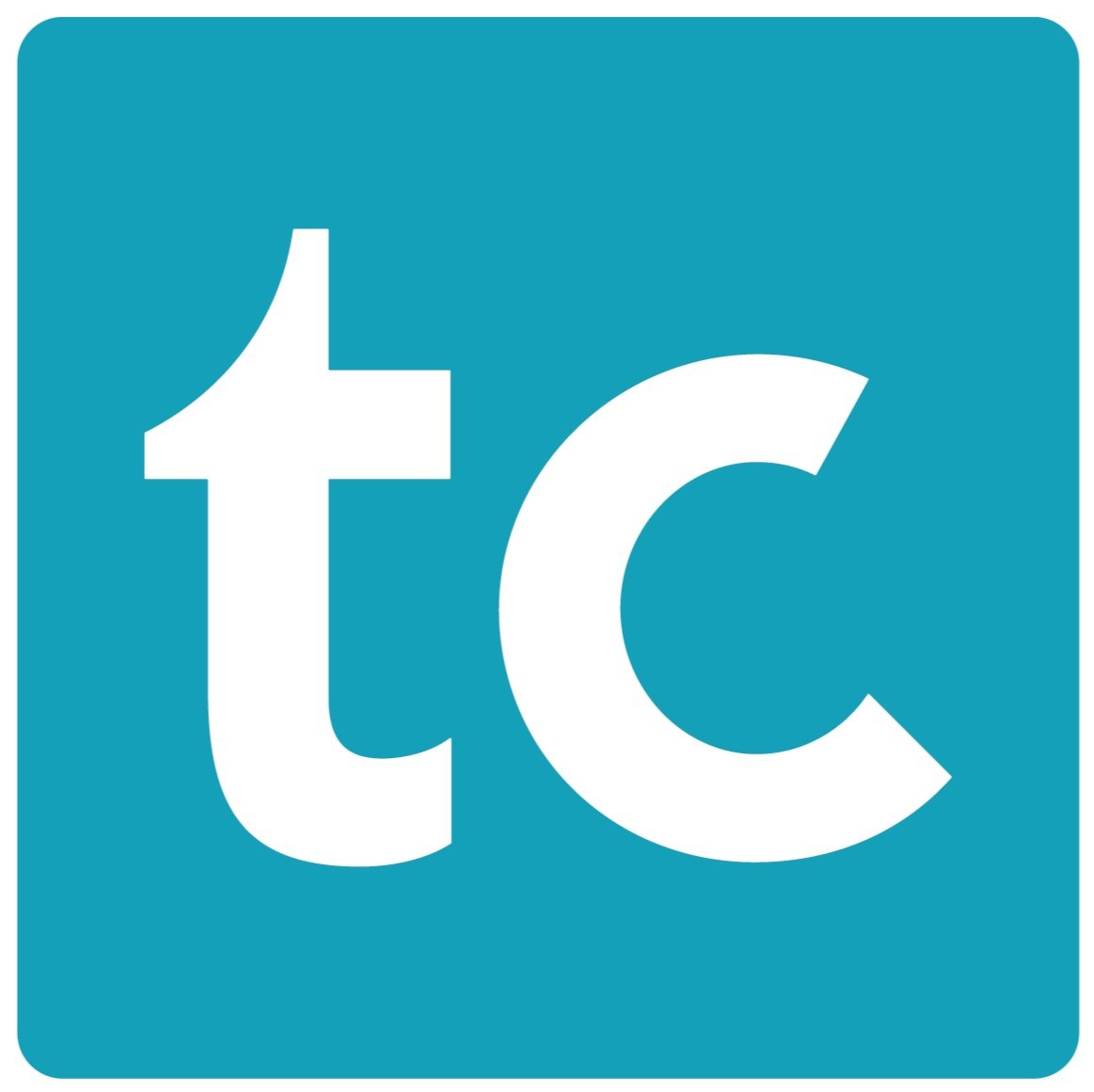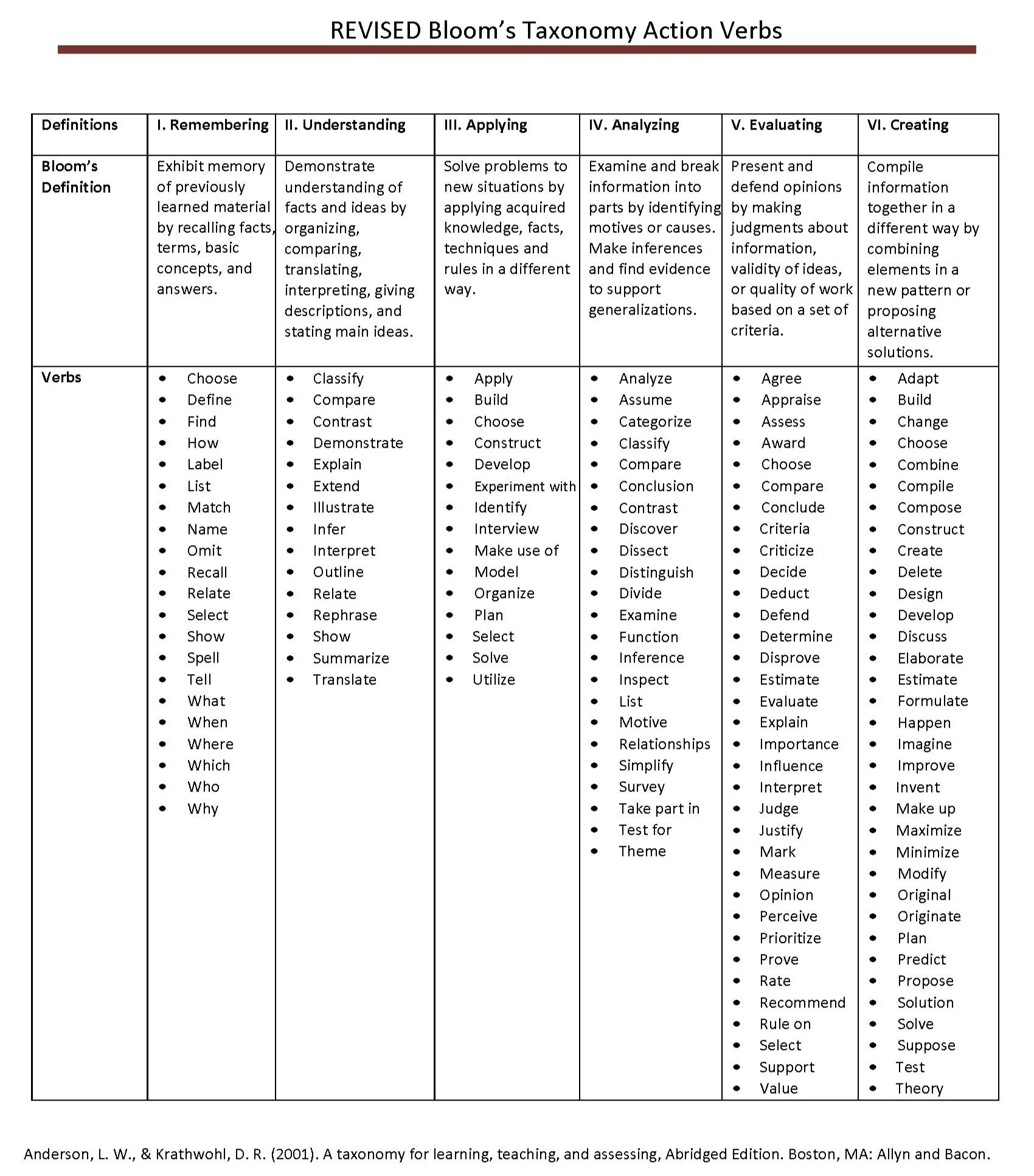From Objective to Action: Out with Passive Learning Objectives
The effectiveness of learning programs can often be determined within the first opening lines. As soon as you read the objective, you know just what to expect. When we read such lines as “By the end of this session, you will be able to understand…” what does that really tell us? Let’s break it down.
The objective sounds fine. At a glance, “to understand” sounds like an acceptable goal. Not only is it measurable, but understanding a subject is integral to any learning program, but is it enough? NO. Terms such as “Understand” are just not suitable for an objective. There is no call to action. Simply obtaining the knowledge does not lead to any other goal. If they understand a subject what action can come out of it? The course has now only effectively prepared them to teach the very same subject they just learned. Thankfully, this is an incredibly easy fix. A simple change in diction can make all the difference. Before we improve that objective, let's discuss the theory that has made our job so much easier.
Back in the ’60s, Benjamin Bloom, an education psychologist designed his eponymous theory to tackle just this. Bloom’s Taxonomy was created to promote more complex and effective methods of education, such as analyzing and evaluating information rather than memorizing and reciting the provided information. Bloom’s Action Verbs is a fantastic tool that should be utilized in every field of education. He breaks it down into six action-oriented categories, each representing the goal of the learning program. When designing a program, starting with his Taxonomy will help you create a lean and effective session that will provide actionable results.
Let’s apply this tool to the previous objective. “By the end of this session, you will be able to understand…” Understand is the problem word here, so let’s fix that. Fortunately for us “Understand” is one of Bloom’s categories. Replace that ineffective word, with any from the proper category and voilà. A call to action! “By the end of this session, you will be able to demonstrate, illustrate, classify, compare, explain, etc…” This one small change has now entirely shifted the responsibility of the program. Your audience is suddenly involved. They are charged with actively participating in their learning experience. No longer are they expected to just comprehend it, but they must demonstrate that they can apply the knowledge as well.
If we as educators want to see better involvement and create more effective programs, it is up to us to throw out passive learning objectives. Objectives without interaction are weak and lazy design methods that are failing your students. Focusing on action, rather than the objectives will yield more desirable and measurable results.



